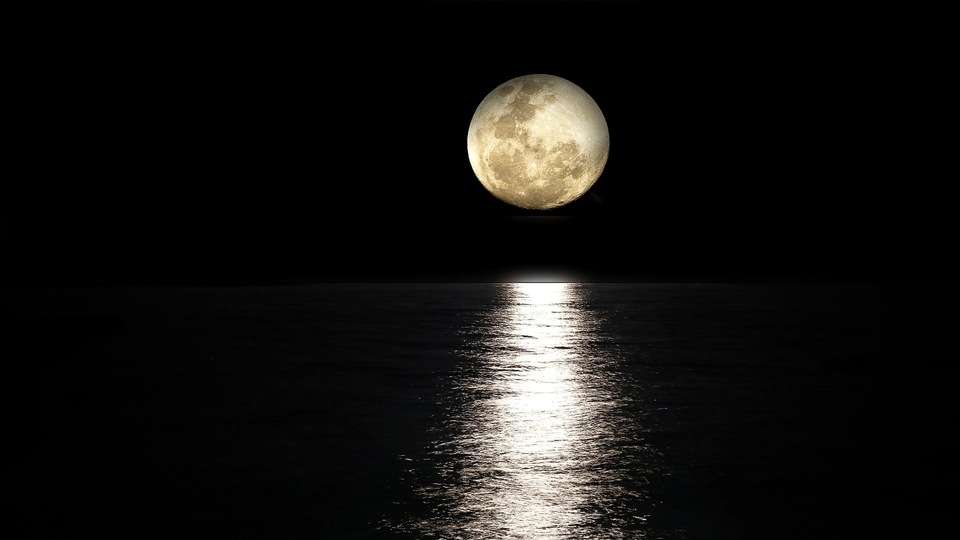Chandrayaan-3 Mission: Know how Vikram lander generated Ejecta Halo
In a recent revelation, ISRO informed on X platform that Vikram lander displaced 2.066 tonnes of soil and created an ejecta halo. Know everything about it.
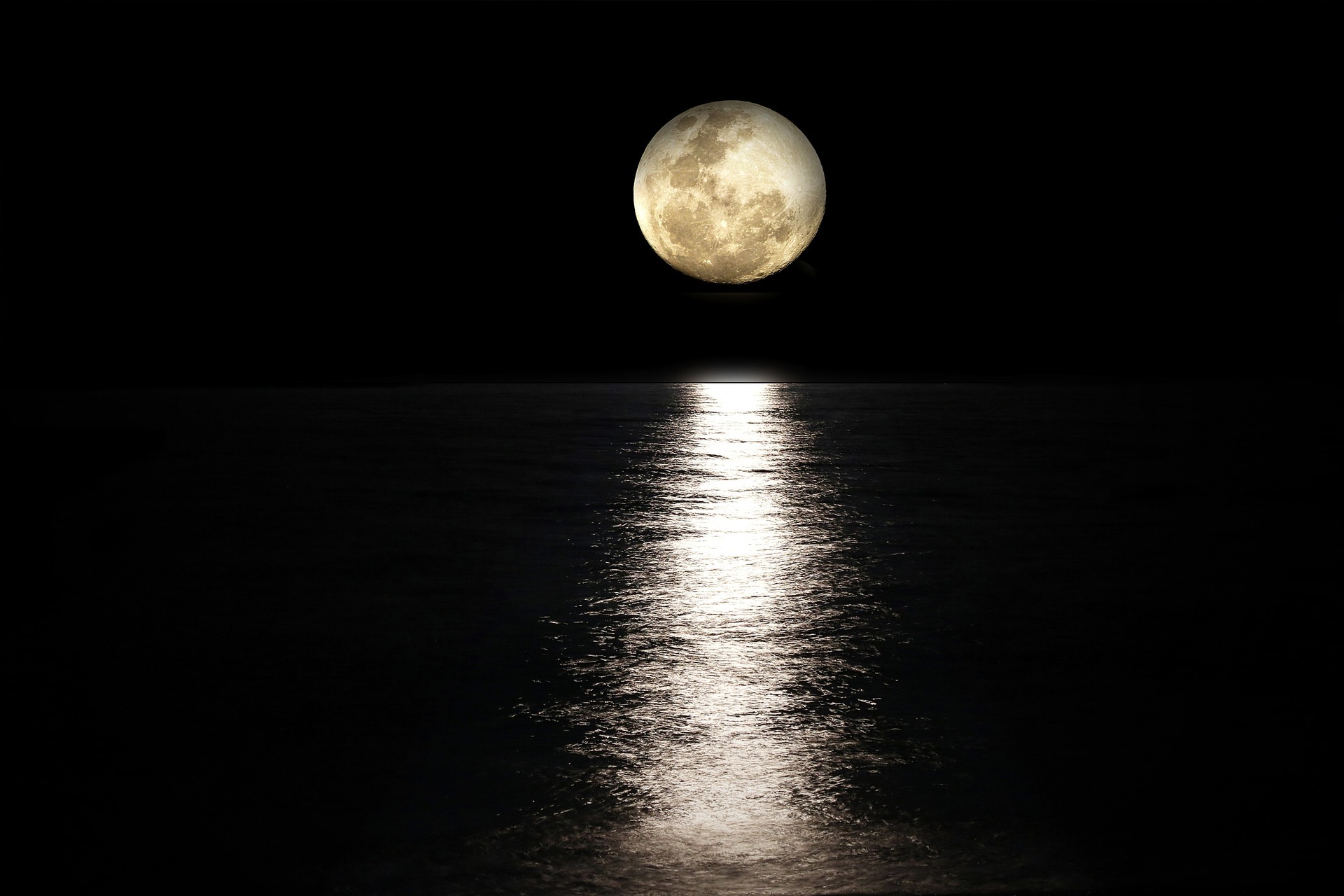
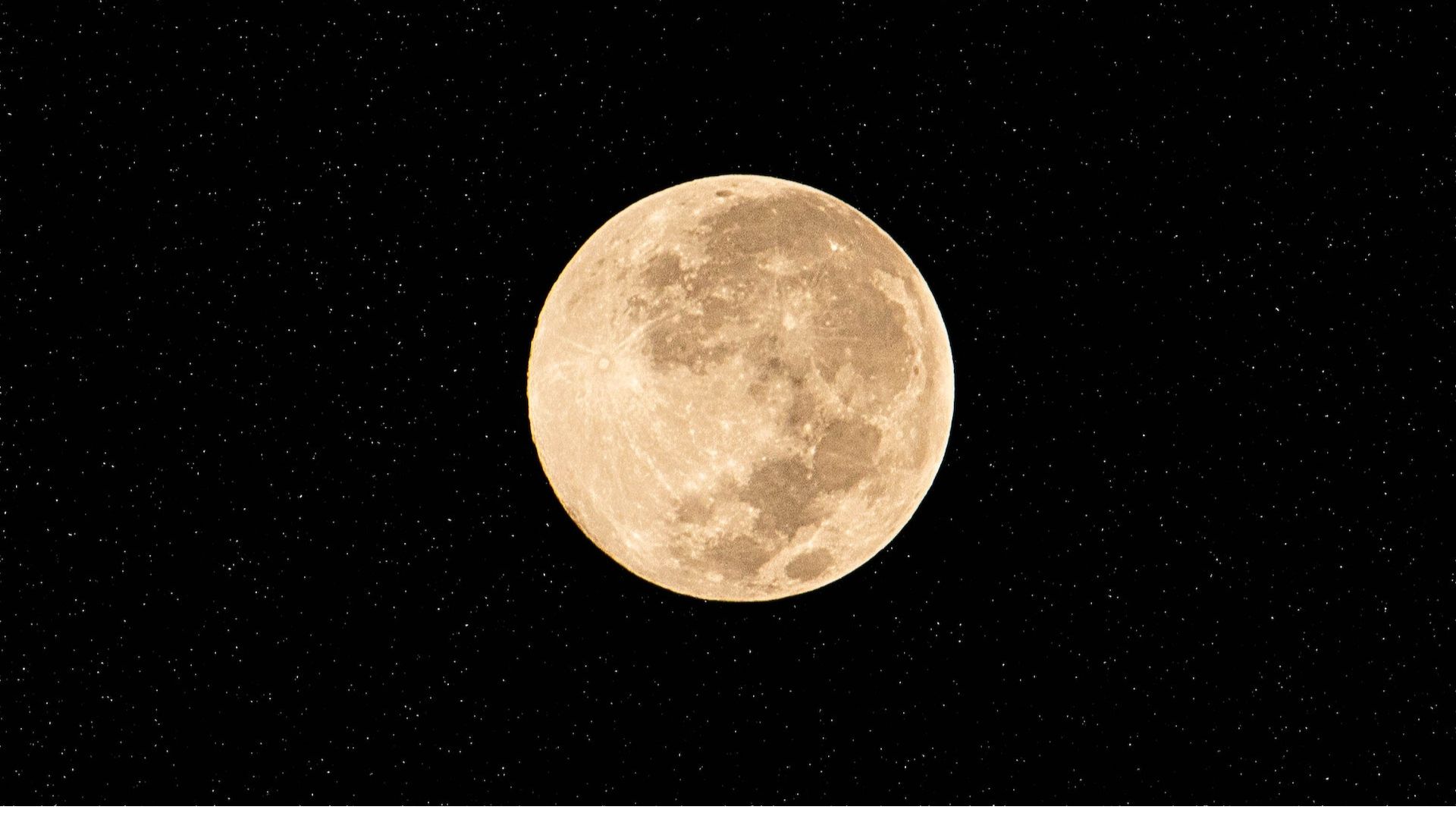


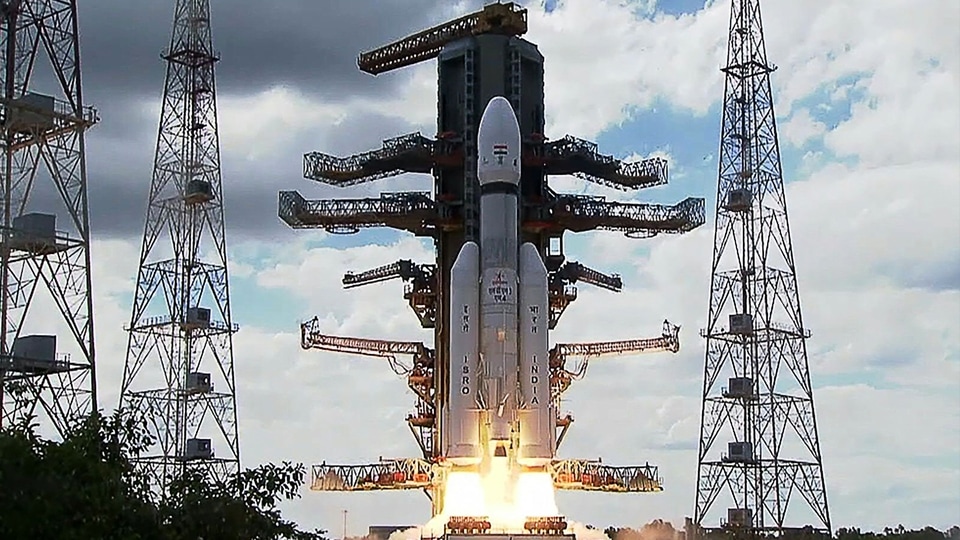
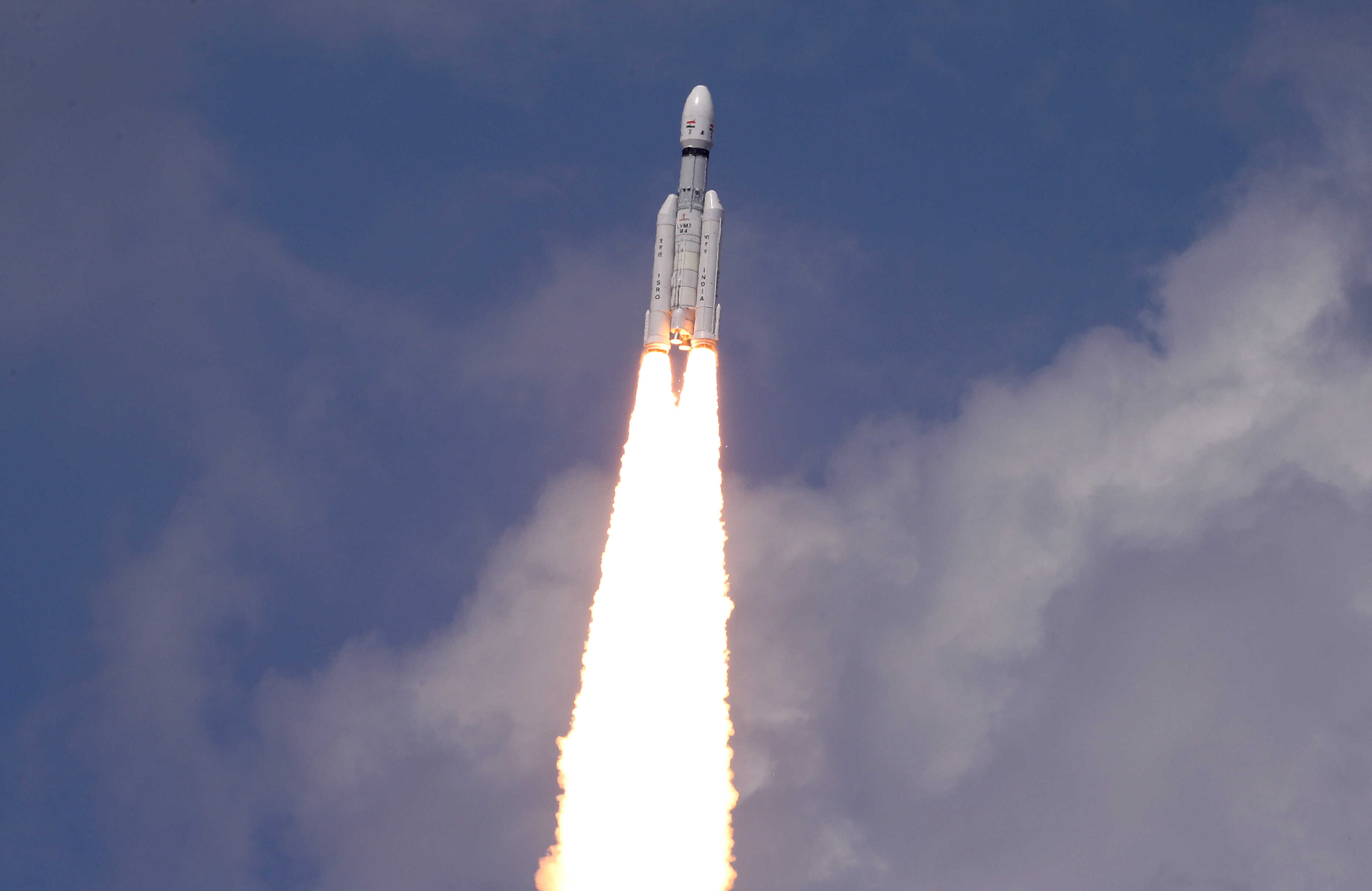

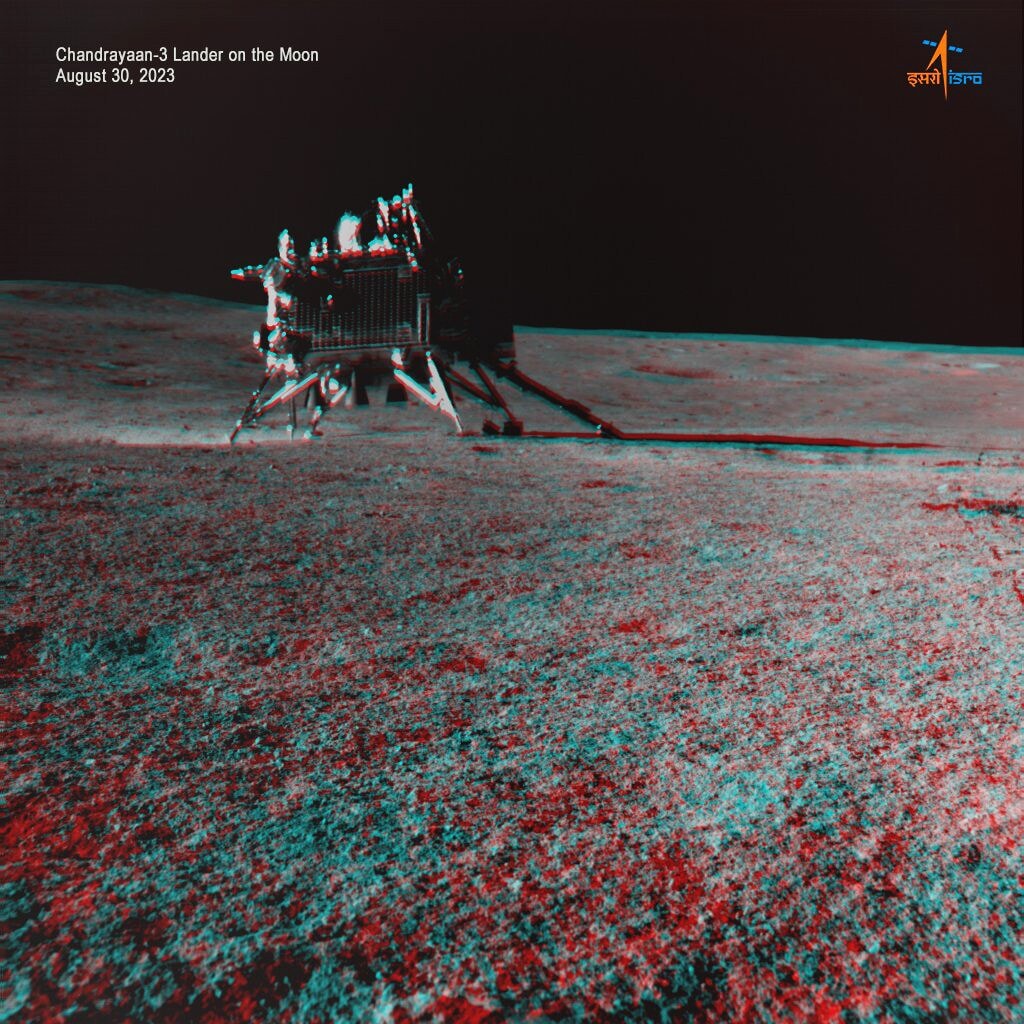
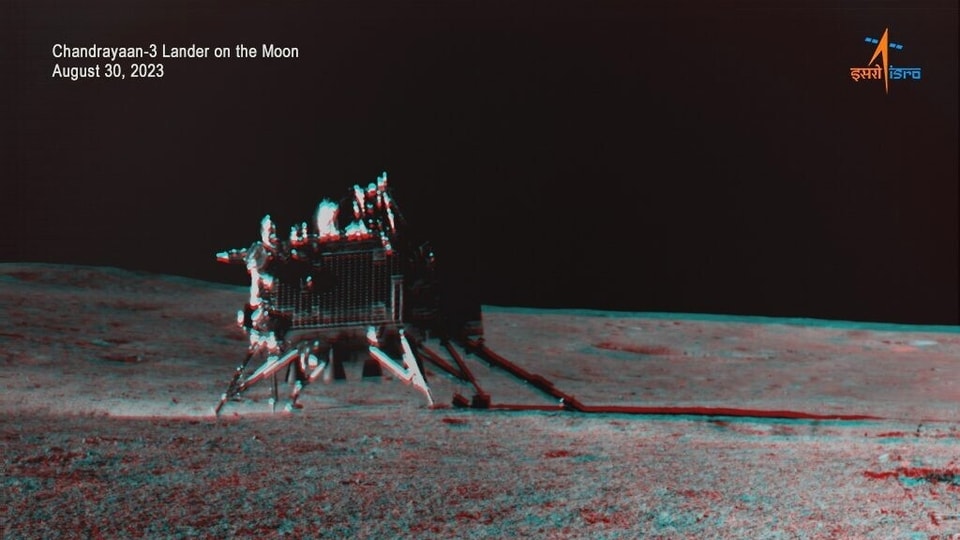
First Published Date: 29 Oct, 09:08 IST
NEXT ARTICLE BEGINS


